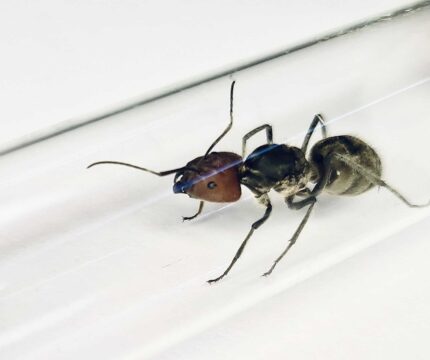
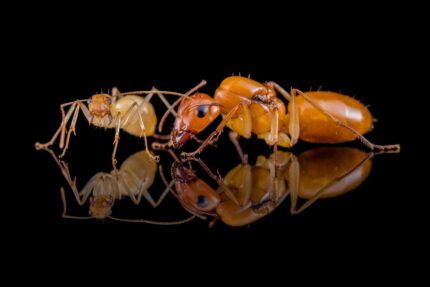
Camponotus thoracicus
399,90 zł
The Camponotus fellah ant is a monogynous colony with a fast development speed. The colony can have up to 10,000 individuals, including queens, workers, and majors. The ants vary in size, with queens measuring 17-20mm, workers measuring 5-9mm, and majors measuring 10-18mm. They have a black to dark brown or brown color, with reddish-brown legs. Their diet includes food insects such as cockroaches and crickets, as well as syrup made from water and honey.
| Behavior | |
|---|---|
| Difficulty in breeding | |
| Origin | |
| The size of ants | |
| Wintering |
Camponotus thoracicus: Explore the World of These Incredible Ants
Welcome to the world of Camponotus thoracicusants! These incredible creatures are known for their strength, speed, and fascinating behavior. Whether you are a beginner ant enthusiast or a seasoned ant keeper, Camponotus thoracicusis a species that will captivate you with its unique characteristics.
Colony Characteristics
- Colony Type: Monogyny
- Colony Size: Up to 10,000 individuals
- Development Speed: Fast
Camponotus thoracicus colonies are known for their impressive size and rapid growth. With a maximum capacity of up to 10,000 individuals, these colonies form intricate societies where each member has a specific role to play.
Size and Coloration
- Queen: 17-20mm
- Workers: 5-9mm
- Major Workers: 10-18mm
- Color: The color of Camponotus fellah ants can range from black to dark brown or brown, with reddish-brown legs.
The size diversity within the colony is fascinating to observe. From the majestic queen measuring 17-20mm to the smaller worker ants measuring 5-9mm, each member contributes to the success of the colony. The distinct coloration of Camponotus thoracicus ants further adds to their charm, making them a visually striking species to keep and observe.
Nutrition
- Food: Insects (Cockroaches, crickets), Syrup (Water/Honey with water, ratio 4:1/3:1/2:1), fruits, vegetables, jelly, cooked chicken without salt
Proper nutrition is essential for the health and vitality of Camponotus thoracicusants. Their diet includes a variety of food sources such as insects like cockroaches and crickets, syrup made from water and honey, fruits, vegetables, jelly, and cooked chicken without salt. Providing a well-rounded diet ensures that your ants receive all the nutrients they need to thrive.
Environment Requirements
- Humidity: Nest: 50-60%, Arena: 30-50%
- Temperature: Nest: 24-28°C, Arena: 23-30°C
Creating a suitable environment for Camponotus thoracicusants is crucial for their well-being. Maintaining the ideal humidity levels of 50-60% in the nest and 30-50% in the arena ensures that your ants have the right conditions to thrive. Temperature is also a significant factor and should be kept between 24-28°C in the nest and 23-30°C in the arena.
Species Features
The Camponotus thoracicus ants possess some remarkable characteristics that make them stand out among other ant species. They have a strong instinct to defend their nest and do not tolerate any invasion. The soldiers within the colony display impressive speed and possess powerful mandibles, capable of gnawing through the toughest of skins.
Recommended Nests
Providing suitable nesting options for your Camponotus thoracicus ants is essential for their overall well-being and colony development. Here are some recommended nest types:
- Acrylic Nests: These nests provide visibility and allow you to observe the activities of your ants while offering a secure and spacious environment.
- Cork Nests: These natural nests provide a cozy and appealing environment for your ants, replicating the conditions they would find in their natural habitats.
- Plaster Nests: Plaster nests are durable and have excellent moisture-retention properties, creating a stable and comfortable environment for your ants.
- Aerated Concrete Nests: These nests offer optimal moisture regulation and insulation, ensuring the well-being of your ants throughout the year.
When selecting a nest for your Camponotus thoracicus ants, consider their specific needs and preferences. Providing them with a suitable nesting environment will contribute to their overall happiness and well-being.
In conclusion, Camponotus thoracicus ants are a captivating species that offers a rewarding and educational ant-keeping experience. With their impressive colony size, unique characteristics, and specific environmental requirements, these ants are a joy to observe and care for. Whether you are a beginner or an experienced ant keeper, the beauty and complexity of Campootus thoracicus ants will undoubtedly leave you in awe.


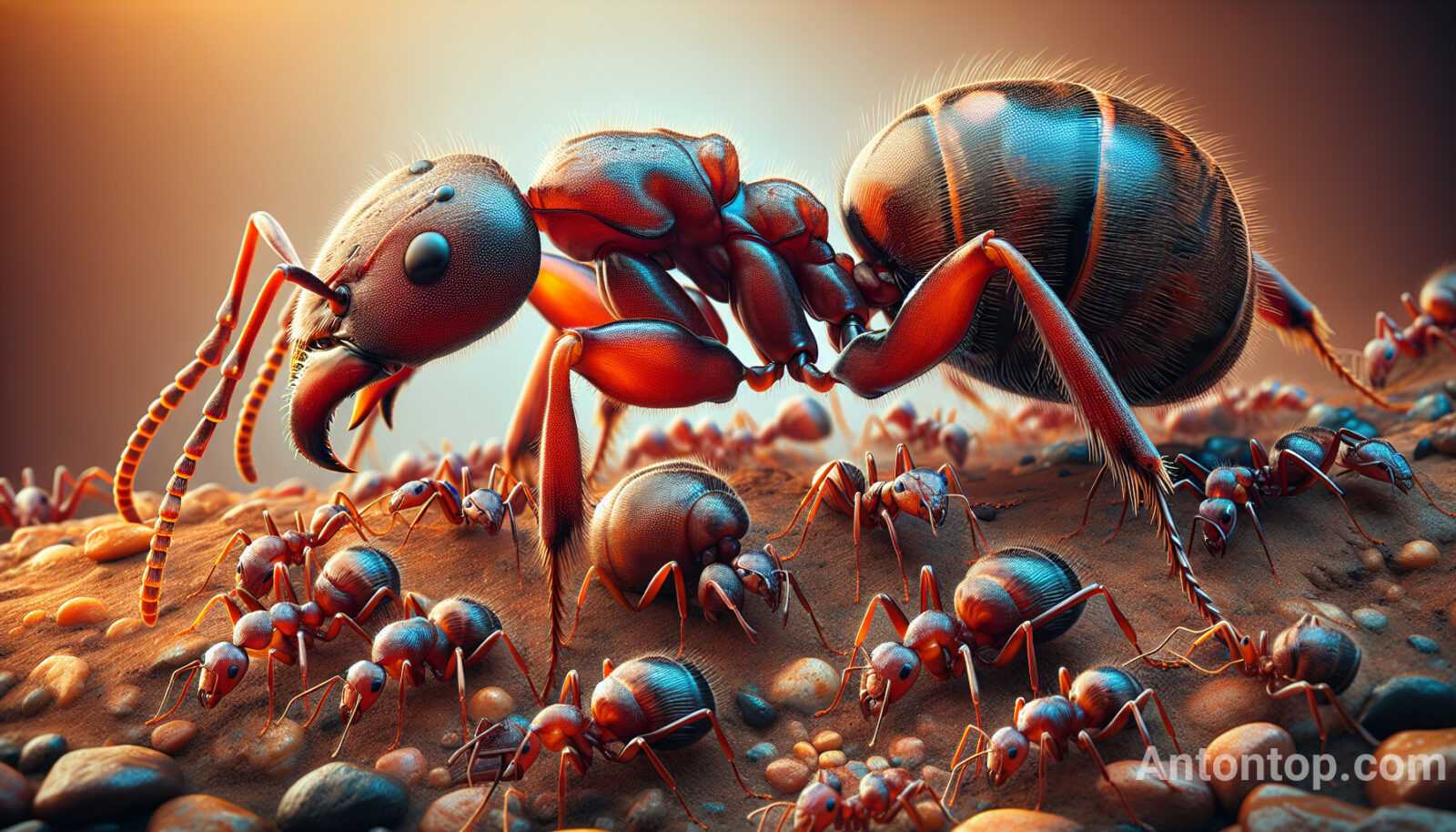
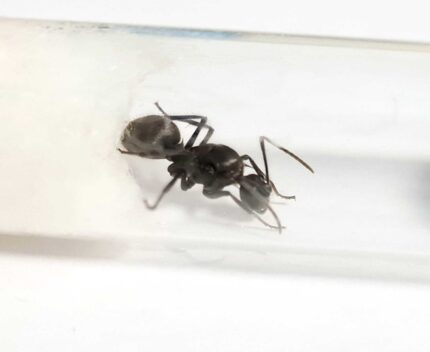
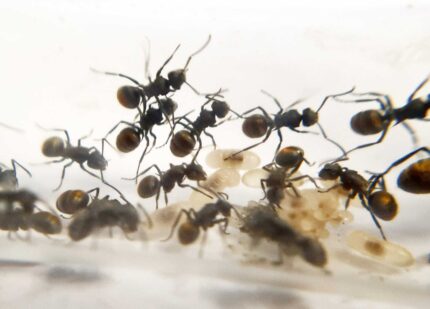
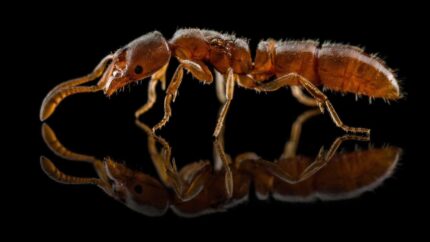
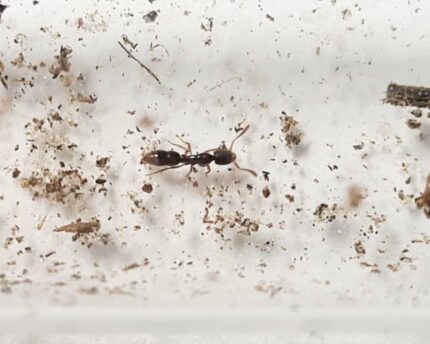
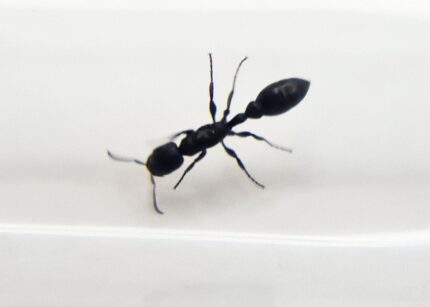
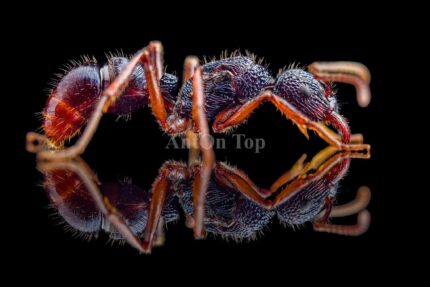
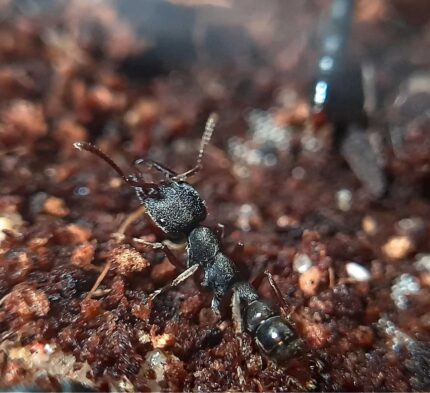
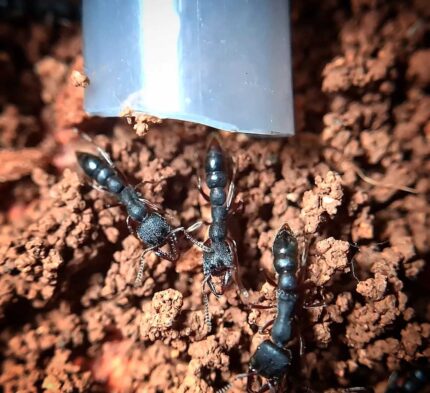
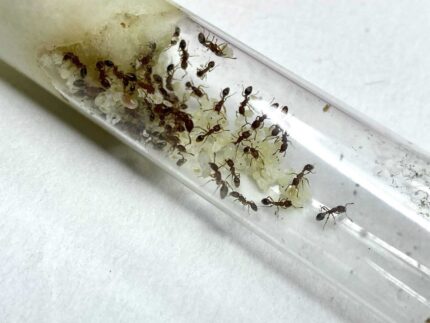
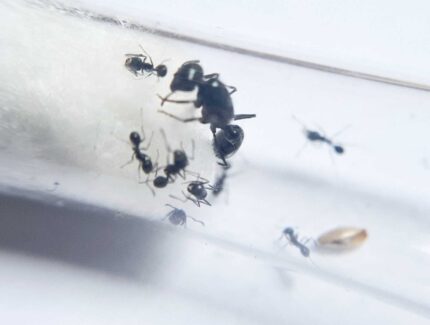
Valoraciones
Clear filtersNo hay valoraciones aún.